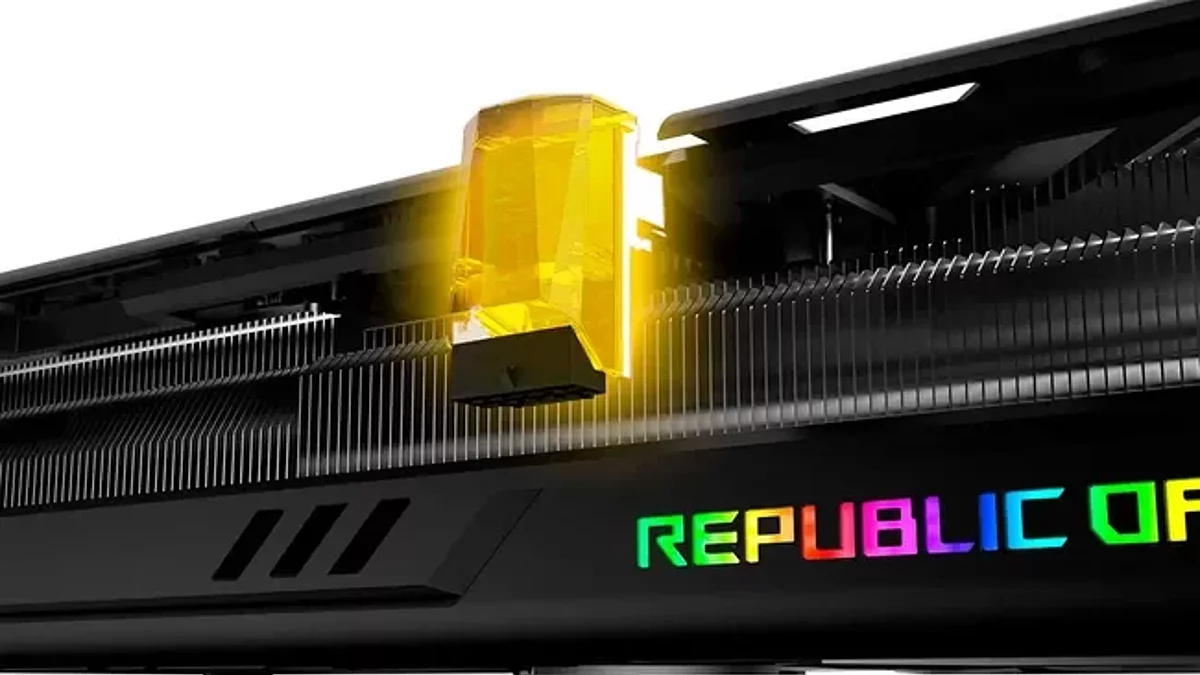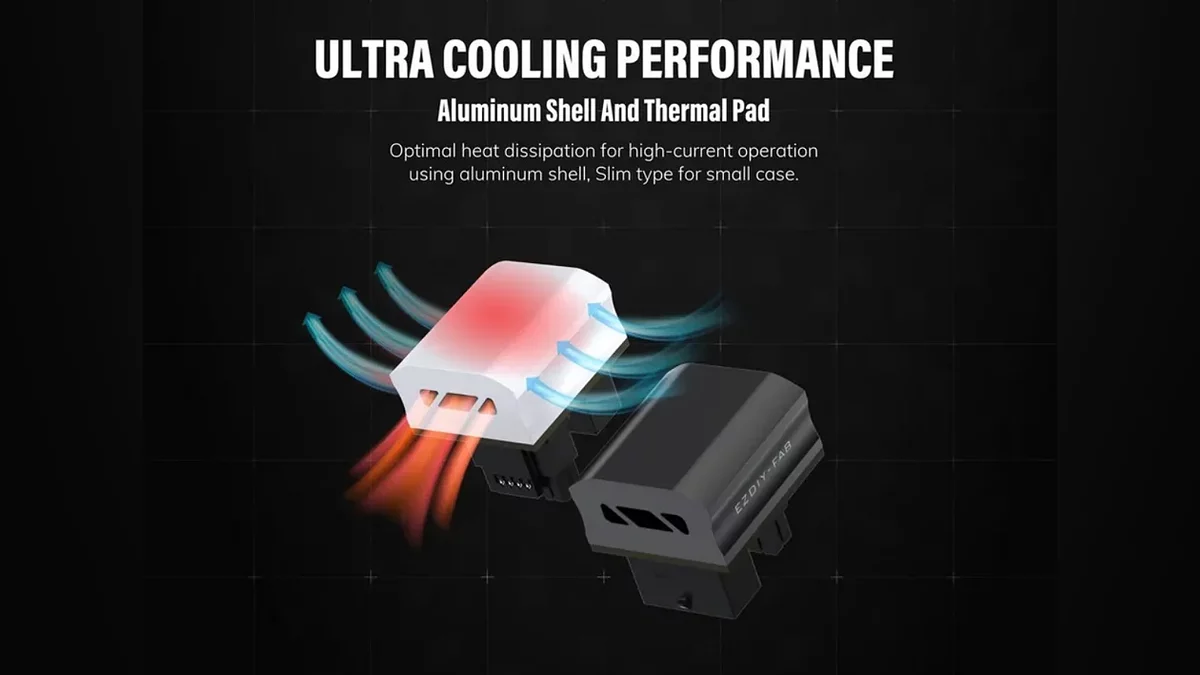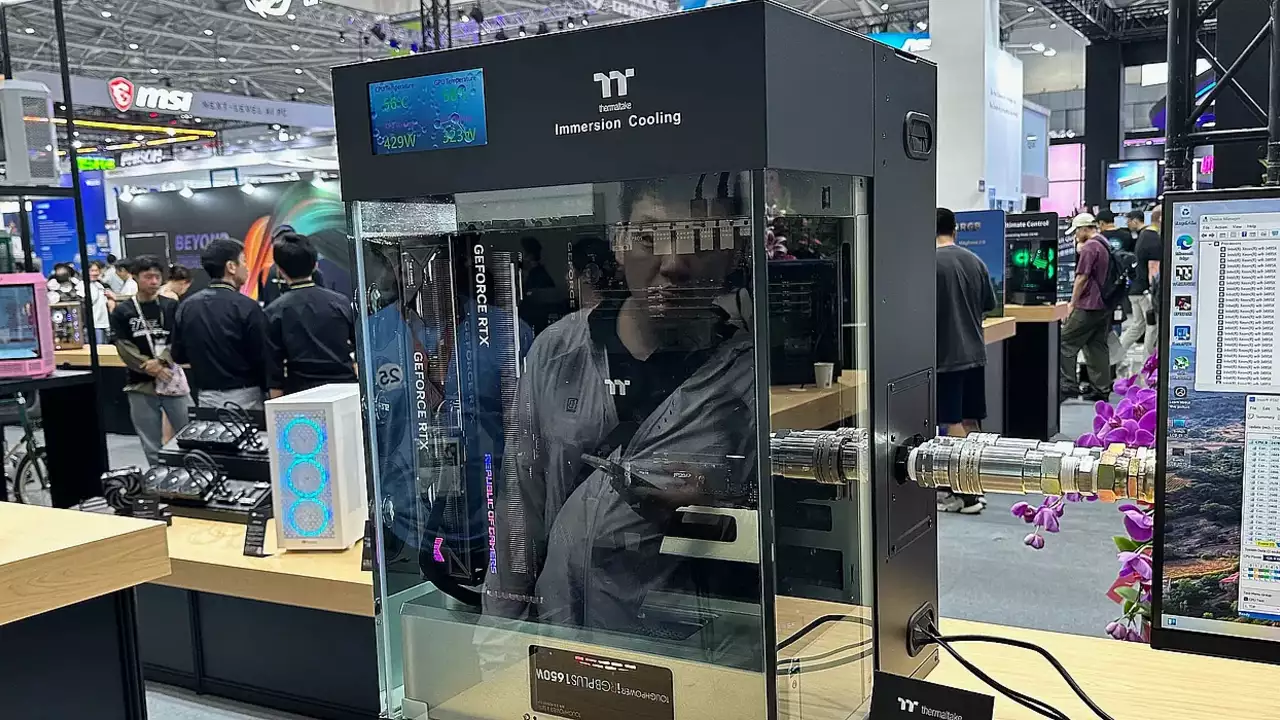A crisis is brewing in the world of high-performance graphics cards due to the unreliability of modern power connectors. Following a wave of incidents involving overheating 16-pin 12VHPWR cables and their successor, 12V-2x6, third-party companies have begun implementing radical solutions to prevent high-end GPUs from failing.
Ezdiy-fab and CableMod have introduced adapters with passive cooling systems that resemble experimental engineering prototypes. Their designs feature reinforced copper PCBs, aluminum heatsinks, and heat-conductive materials. Ezdiy-fab, for instance, utilizes a combination of a thick copper layer and a heatsink shell that also serves as a protective casing. CableMod has gone a step further by adding a copper foil layer to enhance heat dissipation.
Analysts point out that all modern third-party 16-pin adapters must incorporate cooling elements—unlike traditional 8-pin connectors, which have relied on plastic housings for decades. This highlights a fundamental issue: the new standard is operating at its absolute limit. Even the switch to 12V-2x6, which NVIDIA marketed as an improved version, has not prevented cable melting incidents.
Initially, improper connections were blamed for the issue, but experts suggest deeper underlying causes. One theory is the absence of shunt resistors in RTX 40 and 50 series GPUs, which disrupts load balancing. Another theory suggests that the 16-pin connector was fundamentally designed without sufficient headroom for current power demands.
Manufacturers are now experimenting with temperature sensors, similar to those found in ASRock Phantom Gaming power supplies, and current monitoring systems. While these solutions increase cable costs, they seem justified given the price of modern graphics cards. Until NVIDIA and PCI-SIG introduce a fundamentally new standard, users will have to rely on the "creative" approach of third-party companies. But the question remains: how much copper and how many heatsinks will it take to stop the melting crisis?

 Arkadiy Andrienko
Arkadiy Andrienko




